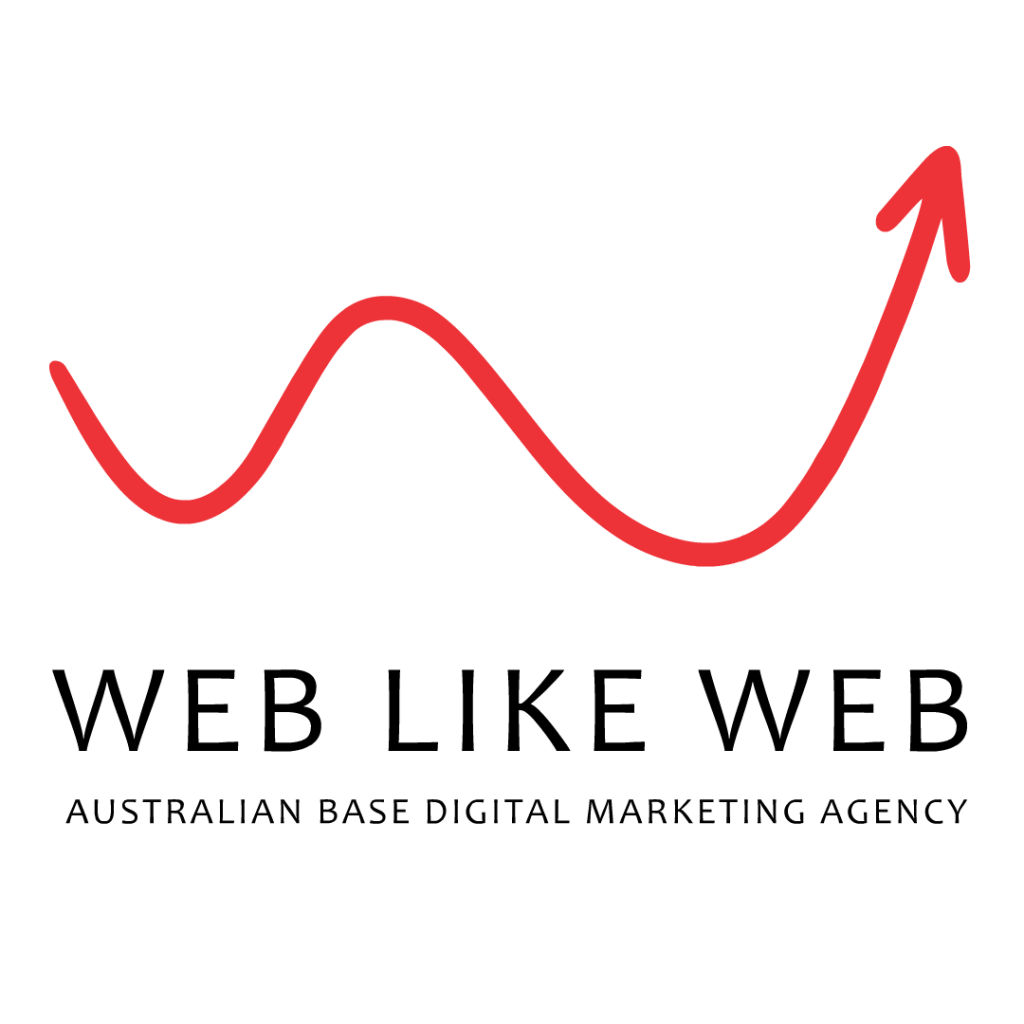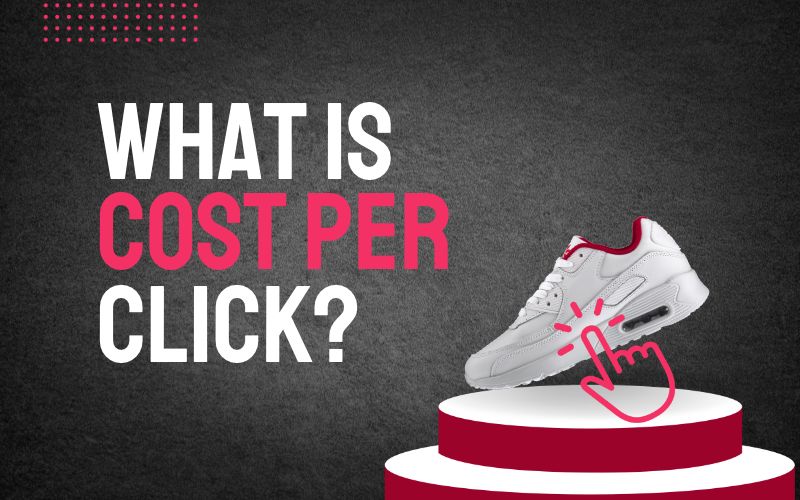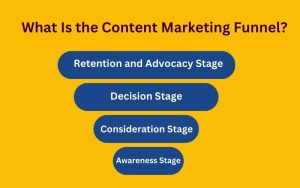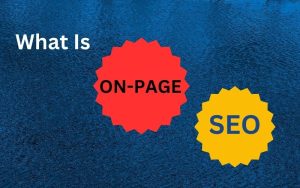CPC (cost per click) is used in paid advertising. Have you ever heard of pay-per-click advertising? In this type of online advertising, advertisers pay a fee each time a potential customer clicks on their ad. But how exactly do they know how much to pay and track their ROI (return on investment)? That’s where the term CPC comes in. CPC stands for cost per click, which refers to the actual amount an advertiser pays for each click on their ad. So if a company has a CPC of $1 and their ad gets 100 clicks, they would pay $100 for those clicks. Of course, this doesn’t necessarily mean that each click led to a sale or conversion. That’s why it’s essential for advertisers to also pay attention to another metric, conversion rate, which measures how many clicks result in the desired action, such as making a purchase or signing up for a newsletter. By understanding CPC and conversion rates, advertisers can more effectively track and optimize their paid campaigns.

How do you calculate cost-per-click?
Calculating cost per click can help you determine the effectiveness of your advertising campaigns and allocate your budget accordingly. First, take the total cost of your campaign and divide it by the number of clicks it received. This will give you the average cost per click. However, it’s also essential to consider variables such as conversion rates and targeted demographics to truly understand each click’s value. For example, a high cost per click may have led to a large number of conversions and ultimately be more valuable for your business than a lower cost per click with fewer conversions. Calculating cost per click lets, you make informed decisions about where to invest advertising dollars for maximum return.
To calculate cost per click, divide the total cost of your campaign by the number of clicks it received. For example, if you spent $1,000 on your campaign and received 10,000 clicks, your cost per click would be $0.10.
The average cost per click depending your target audience
You can lower your CPC by targeting a specific audience and using relevant keywords. Are you tired of spending a fortune on online advertisements and not getting results? One way to cut down on those pricey costs is to target the right audience. By narrowing your reach to individuals who are more likely to be interested in your product or service, you’ll see an increase in conversions and ultimately, lower your cost per click (CPC). Additionally, using relevant keywords can attract a qualified audience and improve click-through rates. So next time you’re designing your ad campaign, think about your target customer and what words they might use when searching for your offering. You may see those CPC costs start to go down. Happy advertising!

Why Is Cost Per Click Important?
The cost per click (CPC) metric is one of the most important KPIs for any inbound marketer or advertiser to track. The CPC helps determine the relative return on ad spend (ROAS), as well as provide insights on budget planning and traffic forecasting. It also gives valuable information on how your average CPC compares to competitors, giving insight into your ad strength in that market. In addition, tracking CPC can help inform decisions about optimizing keywords and landing pages to achieve a more efficient average cost. Overall, the cost-per-click metric is essential for measuring advertising success and improving ROI.
What Is A Good CPC?
When it comes to determining a good cost per click (CPC), there are a few key elements to consider. First and foremost, the industry you’re operating in can greatly impact your CPC. Some industries, such as legal or financial services, tend to have higher CPCs due to the high value of their products and services. Additionally, device type can also play a role in CPC – for example, clicks on mobile devices typically have lower CPCs compared to desktop clicks. The match type of your keywords also affects CPC, with more specific phrases like “long tail keywords” typically costing less than broader terms like “shoes.” The level of competition for certain keywords can drive up CPC as well. Lastly, it’s important to take into account whether the keyword is a brand term or non-brand term – brand keywords often have higher CPCs because they typically result in higher conversion rates. Ultimately, an ideal CPC takes all of these factors into account and maintains a balance between obtaining valuable clicks and staying within budget constraints.
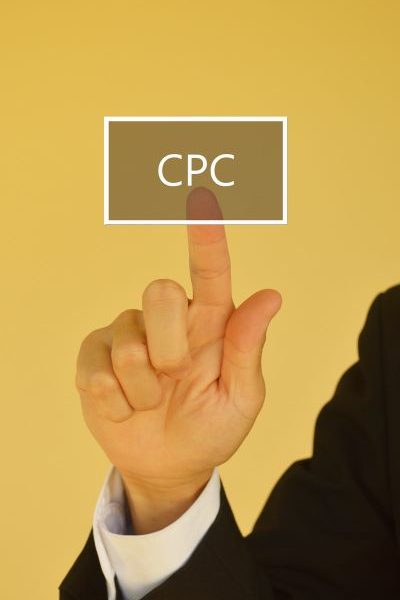
Use these tips to increase your ROI!
Are you looking for ways to save money on your PPC campaigns while still seeing great returns? Look no further! Implementing these four simple tips can lower your cost per click and boost your ROI. First, use negative keywords in your campaign – this will prevent irrelevant clicks and ultimately save you money. Next, focus on improving the quality of your ad – a clear and compelling ad will attract the right kind of traffic and improve your click-through rate. Third, review the performance of your keywords regularly and make adjustments as necessary. Finally, consider using ad extensions to enhance your ad and increase its visibility. Implementing these strategies can lead to significant savings in your PPC campaigns. Happy optimizing!

What Ad Platforms Use CPC Bidding?
One of the most popular ad platforms that use CPC bidding is Google Ads. CPC bidding is the default bidding option for most campaigns on Google Ads and allows you to set a maximum amount you’re willing to pay for each click on your ad. You can also adjust your CPC bids at any time – if you see that your ads are getting a lot of clicks but not converting well, you can raise your CPC bid in order to get your ad in front of more qualified prospects. Other ad platforms that use CPC bidding include Bing Ads and Yahoo Gemini.
CPC bidding is a popular option for ad campaigns because it allows you to control your costs while still getting your ads in front of your audience.
Many social ad platforms that allow CPC bidding include:
Google Ads
Bing Ads
Instagram Ads
Twitter Ads
What Are CPC And CPM?
CPC: Pay per click.
CPM: Pay per thousand impressions.
CPC and CPM are two standard pricing models for online advertising. CPC stands for cost per click, meaning that you pay a certain amount for each click on your ad. CPM stands for cost per thousand impressions, meaning that you pay a certain amount for every thousand times your ad is displayed.
CPC is generally more popular for search ads, while CPM is more famous for display ads. However, both pricing models can be used for either type of ad.
CPC and CPM are both effective ways to price your online advertising; choosing one will ultimately depend on your goals and budget. CPM may be a better option if you’re looking to get your ad in front of as many people as possible. CPC may be better iOn the other hand, if you’re more focused on generating leads or sales.
Conclusion
Cost Per Click bidding is a popular option for online advertising, as it allows you to control your costs while still getting your ad in front of your target audience. Social media platforms such as Facebook, Twitter, and LinkedIn all allow CPC bidding for advertisements. Ultimately, using CPC or CPM will depend on your budget and goals.
